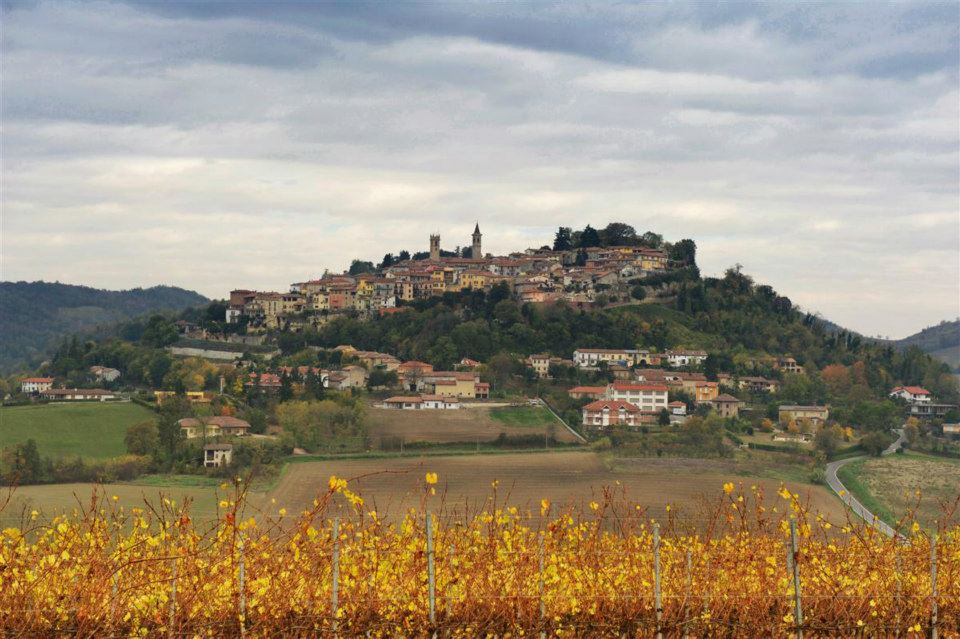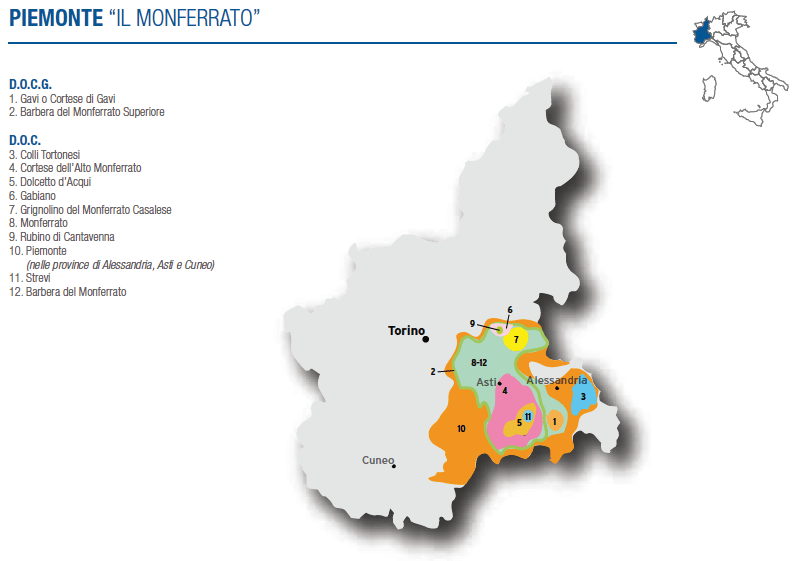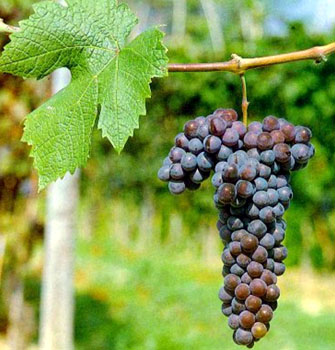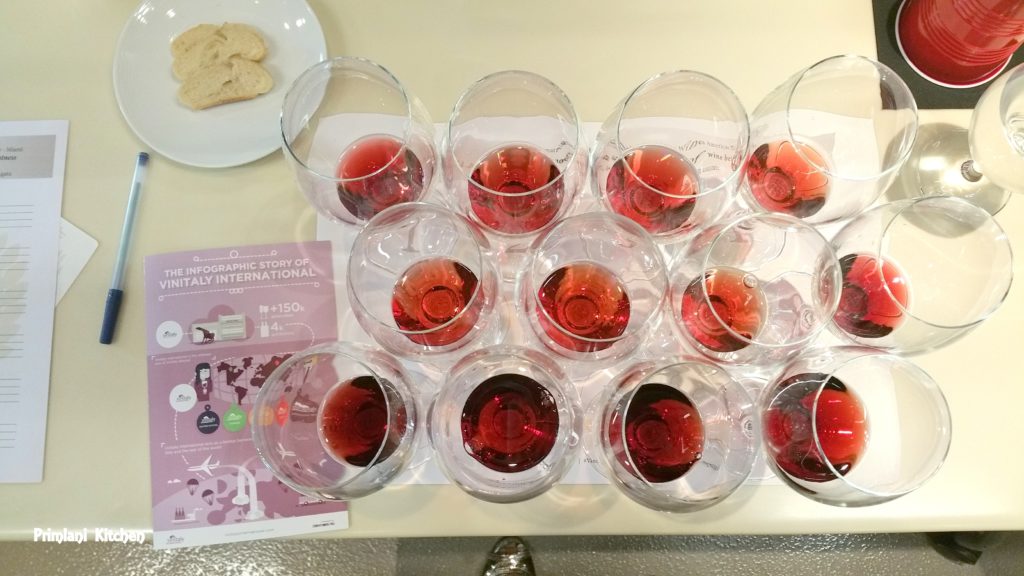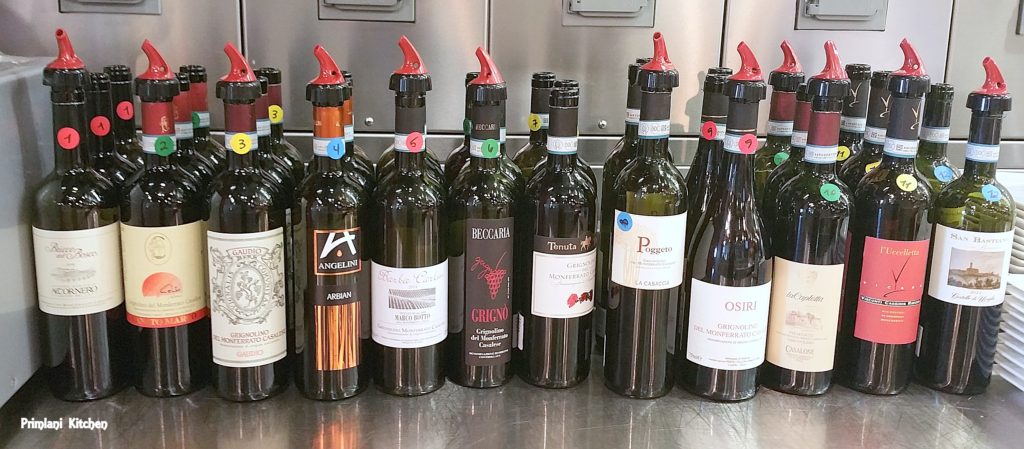It’s not every day one gets an incredible opportunity to not only taste exotic grape varietals but be imbibed in Italy’s autochthonous (native) varieties from Italy’s prominent Wine Writer, (including Stephen Tanzer’s IWC and Decanter magazine), Educator – VinItaly Scientific Director, and Author of The Ecco Guide to the Best Wines of Italy, Dr. Ian D’agata.
Recently IEEM embarked on an exclusive Simply Italian Great Wines America Tour with stops in Toronto and Miami. We swiftly grabbed front row seats for Miami held at Miami Culinary Institute followed with the trade tasting at Freedom Tower. Our geeky curiosity won the better of us and we opted to attend VinItaly International Academy‘s Executive Seminars focusing on the underdog wines of Grignolino, FIVI wines, and Carmignano.
Grignolino is native to the Monferrato Hills of Piemonte between the two towns of Asti and Casalese. The name of the vine is likely derived from Asti’s local dialect ‘grignole’ which refers to the number of pips (seeds in the berry). Normal berry has two pips while Grignolino is rich in as many as five to six.
Grinolino del Monferrato Casalese DOC was established in 1974, the other two DOG regions encompass D’Asti and Piemonte. Even though Asti and Casalese wines are crafted from them the same grape Grigonolino they are not to be coined together as they are entirely distinct wines reflective of their terroir.
Asti soils are sandy (sandy-clay from the Pliocene times) so Grignolino expresses light color, very floral, and extremely light body wines. Whereas Monferrato with their clay, loam, and limestone structure (arenaceous limestone-marl from the Miocene) creates wines that are full body, darker hued, rich in spice.
In fact Grignolino might easily be dubbed as one the lightest body red wines in the world. It tragically fell on hard times in the 80s/90s when dark wines with low acid, vibrant fruit, even residual sugar such as Australian Shiraz became fashionable. Two decades ago almost all producers in the Barolo region made Grignolino, today it’s fighting for it’s life with production a 30% low in just the last decade.
Speaking of production, Grignolino difficult reputation earned the title ‘testabalorda’ (hard headed). A pretty but thin-skinned (breaks down easily), tightly packed bunch unfortunately suffers from asynchronous maturation where berries doesn’t ripen completely and uniformly within the same bunch. Growers are forced to pick at harvest and manually sort through the unripe grapes leading to high labor cost. Pain to grow, highly prone to mutation, disease prone, high wine making costs, little juice…you get the picture. Not to mention it costs as much to produce as Barolo yet sells for ten times less.
Did I mention Grignolino craves the sun and desires a full southern exposure. With the prized southern exposure in Piemonte reserved only for the king of Italian grapes – Nebbiolo, this step child certainly had no chance but to fall off the radar.
That said, today’s market optimistically presents a niche for Grignolino. Wine drinkers favoring lighter colored, food-friendly, fresh wines retaining high acid just might be a blessing in disguise and renew Grignolino to it’s former glory.
A classic Grignolino is recognized with their pale cranberry hues, intriguing profile showcasing rose snips, sour red cherries and red currants with floral notes of delicate Geranium, hint of ground white pepper, high in acid and tannin.
Grazile mille for this handsome opportunity to taste and appraise twelve Grignolinos in a semi-horizontal tasting.
Enough jabber, shall we drink?
Accornero -Bricco del Bosco Grignolino del Monferrato 2015. A benchmark for Grignolino with delicate floral notes, juicy red berries with medium tannins.
Canato Marco – Grignolino del Monferrato Casalese Celio 2014. Producing Grignolino since 1950, Celio showcased orange-red tint, geranium notes with juicy acid. Ideal served slightly chilled and consumed young alongside a seafood dish.
Gaudio – Grignolino del Monferrato Casalese DOC 2014. Gaudio’s entry white label with lime-stone rich soil exhibited light cranberry hues with fresh raspberries and pepper.
Vini Angelini – 2014. Ruby red with herbal notes of fennel, black pepper with a punch.
Botto Marco -Barba Carlin Grignolino Monferrato Casalese DOC 2014. Situated on UNESCO World Heritage Site, third generation winemakers produces Grignolino light red with hints of garnet, super clean with a salivating finish. I wouldn’t mind sipping this wine for lunch with a side of local charcuterie and bread.
Beccaria Davide – Grignolino del Monferrato Casalese Grigno 2014. On the lighter shade of ruby red, tickle of white pepper and savory herbs, medium tannins.
Tenuta La Tenaglia – Grignolino del Monferrato Casalese DOC 2014. Owned by the German family Ehrmann , a women winemaker – Mrs. Sabine Ehrmann. Located 450 m. above sea level, the Grignolino exhibits high acid, herbal notes, that is less brute in structure.
La Casaccia – Grignolino del Monferrato Casalese DOC Pogetto 2013. Pale salmon in color, delicate hints of rose and spice, balanced structure.
CA San Sebastiano – Grignolino del Monferrato Casalese DOC Osiri 2012. First of the wines using oak barrels, juicy with cola under notes.
Casalone – Piemonte Grignolino Riserva 2011. Sadly too much oak and sweetness to appreciate the nuances of Grignolino in this bottling.
Vicara – Grignolino del Monferrato Casalese L’Ucceletta 2011. Vicara the acronym of three wine estates joint venture – Visconti, Cassinis, Ravizza. Ruby red with aromas of red currants, shades of vanilla, cinnamon, and black pepper with a distinct herbal finish.
Castello di Uvigile – San Bastiano Grignolino Del Monferrato Casalese DOC 2011. A unanimous winner aged in 600 liter barrels, expresses quinine like flavors, sweet baking spices, modest tannin, juicy acid. The oak regiment supports rather than overwhelming the bright red berries.
About VinItaly:
Vinitaly International is the strategic arm of Vinitaly abroad. As the true Ambassador of Italian Wines, Vinitaly International acts as a bridge between Italy and the rest of the world facilitating the collaboration between Italian wine producers and the key players of international wine markets. In its continuous commitment to find new ways of communicating “il vino italiano”, Vinitaly International integrates traditional formats such as trade fairs, B2B programs, off-site showcases and grand tastings by combining social media and educational initiatives.
The ancient Greeks called Italy Oenotria, the land of wine. There is simply no region or district that does not produce wine. 900,000 plus registered vineyards scattered through Italy’s twenty regions produces a dizzying a number of wines based on more than a thousand grape varieties – Wine Bible.
I whole heartedly agree with the Italians: Wine and Bread are as essential to an Italian dinner as a fork and knife (if not more). Along with olive oil they make “Santa Trinita Mediterranea” – the Mediterranean Holy Trinity.
Keep a look out for my trade tasting notes in future publications. Until next time, have a delicious day!!
